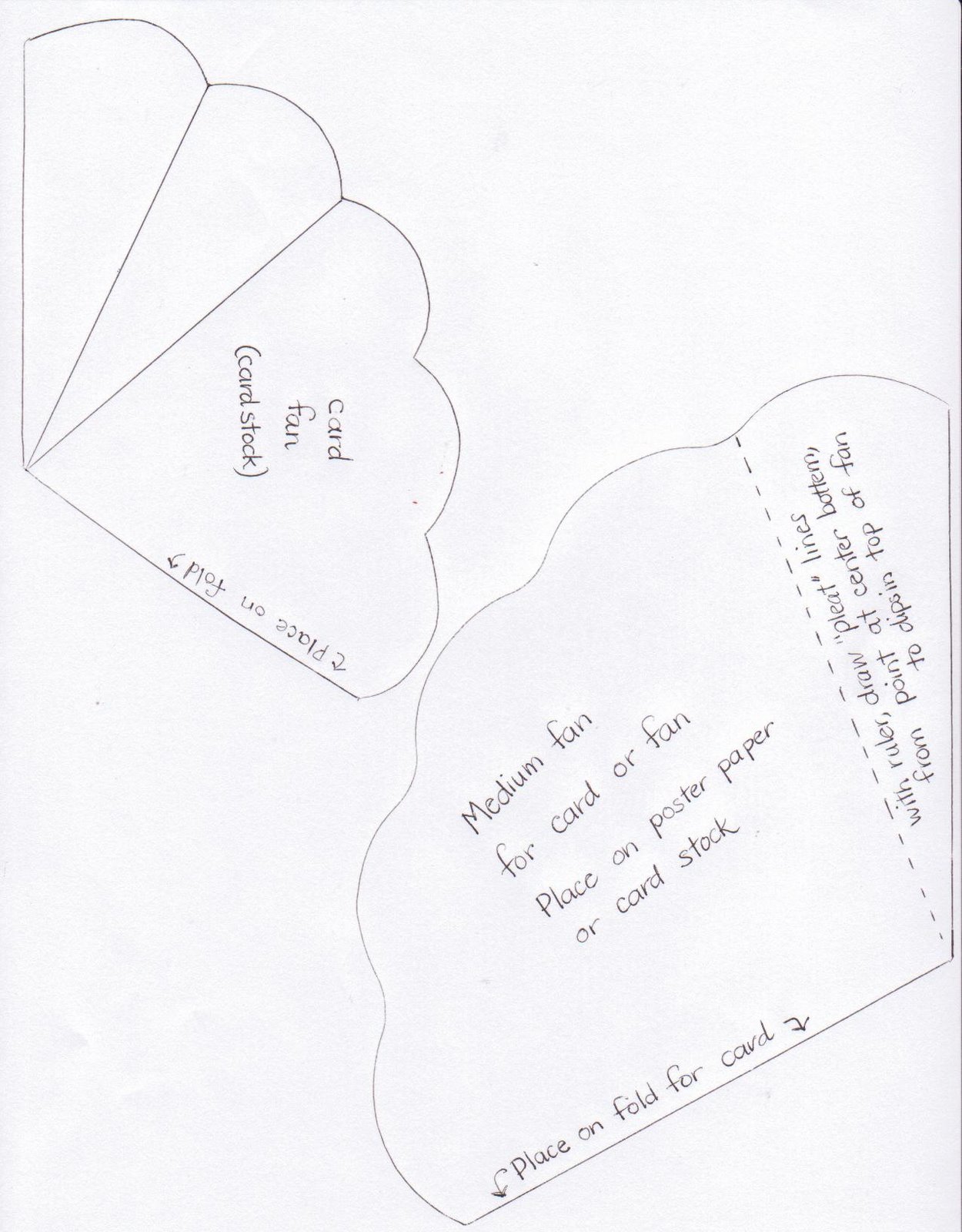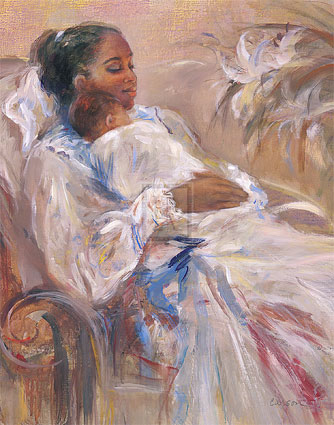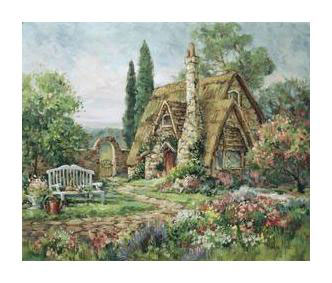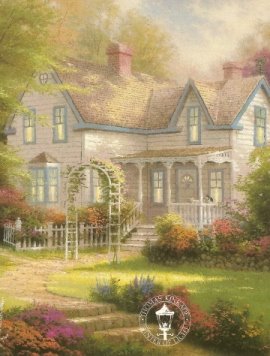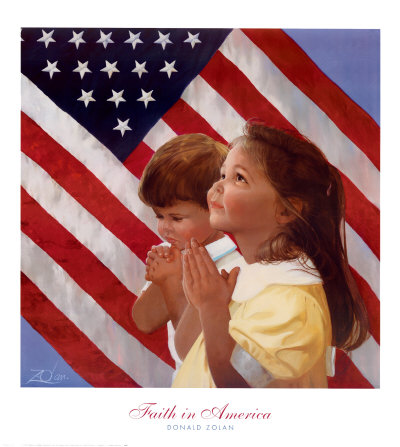.jpg) Other books: Daughters of Eve, by Lottie Beth Hobbs--explained some interesting things about the women of the Bible (published in the 60's), Days to Remember--a date book with really great art and classical poetry; Creating a SenseSational Home by Terry Willits (good drawings and great color), and The Spirit of Loveliness by Emilie Barnes
Other books: Daughters of Eve, by Lottie Beth Hobbs--explained some interesting things about the women of the Bible (published in the 60's), Days to Remember--a date book with really great art and classical poetry; Creating a SenseSational Home by Terry Willits (good drawings and great color), and The Spirit of Loveliness by Emilie Barnes.
.jpg) In this shelf is a collection of other books: McGuffey's Readers* from the 1800's, The Art-Literature Readers, Best Loved Poems of the American People (has a lot of inspirational, can-do poetry from the past), America Revisited* and Gaining Favor With God and Man. *
In this shelf is a collection of other books: McGuffey's Readers* from the 1800's, The Art-Literature Readers, Best Loved Poems of the American People (has a lot of inspirational, can-do poetry from the past), America Revisited* and Gaining Favor With God and Man. *
The next shelf contains the Boys Handibook, which was originally published in 1882, and a reproduction was made in 1983. It contains all kinds of splendid things for boys for making and doing in all four seasons, from making a boat or kite, a bridge, a tent, and just oodles of other things. It was originally made for the boy scouts of an earlier era and is just great for families that want to help their sons be men.
The American Girls Handibook is similar, and although you may not want to use every activity, it has some wonderful creative things to do, from making a hammock, to conducting old-fashioned games at parties, and making harmless fireworks that were used in the 1800's by children. Lillibeth put some of the directions for the 4th of July sparklers from this book, on her blog, The Pleasant Times, last year. This is a great tool for parents to provide their own scouts activities at home, adding their own values and teachings to go with the activities.
"Our Good Old Days" was a privately published book by an elderly gentleman who just handed it to our family one day. C.L. Embrey wrote this book about his childhood and we really enjoyed reading the stories when our children were home. He told about how his family grew up without being spoiled! This is a good book for boys.
Other books in the shelf: The Christian Family, by Larry Christenson. I bought this at a used bookstore for about 2 cents but it has more than 2 cents worth in it. This firmly states the importance of marriage, home and family, by showing with out a doubt how the soul's destiny is at stake in the way the family is conducted. He states in one chapter that people were often willing to endure hardship in the present, to attain a blessing in the future. He compares it to the mentality today of avoiding any endurance or hardship.
How to Build A Happy Home by B. Charles Hostetter (1960). While a lot of people look at the 1960's as a time when the home was broken down by rebellion, there were preachers and writers who did their best to refute the new morality. I picked this book up at a junk store and I'm glad I did. The author says things that today would probably get him locked up, as they say. He tells the qualifications for marriage, the wife's part, the husband's part, the rearing of children, and what should and should not go on in a home if it is to be happy. I'll put some of it on the Sermons of the Past post. (someday).
Vestibules of Heaven, by M. F. McKnight (1982) - This man painted a picture of how a home can reflect heaven when it is conducted as it ought to be. He warns youth of the lures and temptations that will bring them down. He tells husbands of their responsibilities. He shows the things which break down the home and family and make it weak. People never want to admit that something as simple as the occasional vice (gambling, drinking, entertainment) weaken the marriage and the children, but he does it well in this sermon.
Mother, by Kathleen Norris. This was originally published in 1911, and a web search will reveal more stories by this author in their original form, on ebay and other vintage book stores. It was recently edited and republished, with a forward by Jennie Chancey, who found an old copy of it in a book sale, and was so touched by it she urged its reprinting. It basically tells of a high-minded young girl who thinks that since she's been off to college, she will "do better" than her mother, and not settle for marriage, home and family. Her attitude is noticed by a young man who would be interested in her, but is waiting to see the selflessness of her mother become reflected in the daughter. Eventually, the daughter realizes that her mother played the greatest role in the world by guiding the destiny of many other people in the family.
Carry A Big Stick. This is the story of Teddy Roosevelt, the 26th president, which quotes him as saying, "Speak softly and carry a big stick," a motto that many wilderness forgers had to live by. I listened to my son-in-law read this book to his boys and enjoyed it immensely! It showed an adventurous husband and father who "just wanted to be a boy" and all the things he did for his family, including teaching a Bible class at church each week. Evidently he wrote a whole series of books himself, over 50 of them, including such titles as "Fear God and Take Your Own Part," The Conservation of Womanhood and Childhood," and books about the wilderness.
Handmade, Best Made, by Readers Digest. This is a very nice book with lots of do-able projects that are partly pioneer and partly decorative. It is worth having, just to browse through and see all the lovely things you can make with your own hands if you have the inclination.
Victorian Entertaining, by John Crosby Freeman. I found this book very useful because it gave the history of entertainment in the 19th century. It showed how boys and girls used to play and celebrate and how to make your own hammock, Kentucky fried chicken, and how to have a neighborhood parade and picnic. There are lots of recipes and wonderful photographs and very inspiring art. Show Victorian parlour games, seaside resort activities, and features photographs of the interiors of authentic Victorian homes.
A Bouquet of Flowers, by Barbara Milo Ohrbach (1990). Tells a number of interesting things you can do with your flower garden, along with quotes, poetry and pretty colored drawings. Even if you don't have a flower bed, this book is just great for ideas, like how to make scented stationery, use for rose petals, the language of flowers, and many other things that just make you glad to be alive.
Beside Still Waters by Brownlow Publishing (I guess you can tell I have liked Brownlow since I was very young) is another little book that was laying on my desk. It has the kind of paintings in it that I often post here on this blog and at Lovely Whatevers. This book is all about shepherds, sheep, and still waters. It is part of a miniature book series but I never found the rest of it.
.jpg)
.jpg) These are homemaking books that have classes in them that can be followed: One is by Laurie Latour, called Future Christian Homemakers Handbook, and the other is Treasury of Vintage Homekeeping Skills by Martha Greene. It is good to have these books just for reference and they give you a guide if you ever get serious about really studying homemaking. Even in later years, you might want to take these courses and start a scrapbook with all the projects in them.
These are homemaking books that have classes in them that can be followed: One is by Laurie Latour, called Future Christian Homemakers Handbook, and the other is Treasury of Vintage Homekeeping Skills by Martha Greene. It is good to have these books just for reference and they give you a guide if you ever get serious about really studying homemaking. Even in later years, you might want to take these courses and start a scrapbook with all the projects in them.
.jpg) Even if you do not have a garden, here are three inspiring books that give the meaning of gardens: Gardens of Delight, The Old Fashioned Garden (pop-up books but very informative), and The Romantic English Garden
Even if you do not have a garden, here are three inspiring books that give the meaning of gardens: Gardens of Delight, The Old Fashioned Garden (pop-up books but very informative), and The Romantic English Garden.
.jpg) To interest children in cooking, I used books like this, which were also entertaining to read. I like Gooseberry Patch catologs and cookbooks because of the pretty art on the covers, and because they contain interesting hints and creative ideas at the edge of each page. These two are "Gifts for Giving," and "Come On Over." The recipes seem to be a little better tested than some cookbooks, and I rarely have a cooking failure with them. Besides, they are just so cheerful to have on display. Use your JoAnn's 40% coupon and get them for half price in the store. The Heart of England contains beautiful photographs of historical country areas of England, along with traditional tea-fare recipes. It is worth having just for a coffee-table book.
To interest children in cooking, I used books like this, which were also entertaining to read. I like Gooseberry Patch catologs and cookbooks because of the pretty art on the covers, and because they contain interesting hints and creative ideas at the edge of each page. These two are "Gifts for Giving," and "Come On Over." The recipes seem to be a little better tested than some cookbooks, and I rarely have a cooking failure with them. Besides, they are just so cheerful to have on display. Use your JoAnn's 40% coupon and get them for half price in the store. The Heart of England contains beautiful photographs of historical country areas of England, along with traditional tea-fare recipes. It is worth having just for a coffee-table book.
As in all things, parents, please be sure to read books to determine what is appropriate for your child's understanding, nature and maturity. Not everyone will agree with every single book I have mentioned, but some of them might be useful in developing a curriculum for daughters at home.
+(Small).jpg) Sew No More Home Decor shows how to use iron-on methods and glue to make curtains, placemats, table cloths, bedspreads, pillows, and much more and it has several different styles to choose from. There are also some wood painting ideas and other types of decorating besides fabric. The photographs show coordinating accessories in rooms, which can inspire anyone to want to clean up and decorate a room.
Sew No More Home Decor shows how to use iron-on methods and glue to make curtains, placemats, table cloths, bedspreads, pillows, and much more and it has several different styles to choose from. There are also some wood painting ideas and other types of decorating besides fabric. The photographs show coordinating accessories in rooms, which can inspire anyone to want to clean up and decorate a room.
Asterisk* books means I'll try to provide quotes from these books and add to this article later, to show what I think is so grand about them.
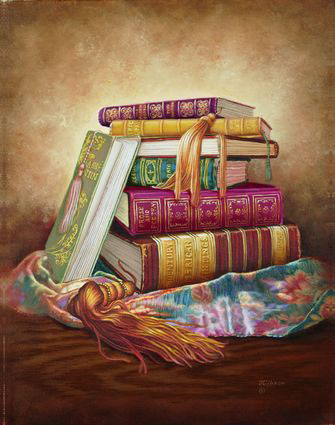 for more posters like this, go to Lovely Whatevers
for more posters like this, go to Lovely Whatevers.jpg) Writing equipment in the desk are from left to right: envelopes, writing paper, round box containing stamps, address book below that, blank cards, larger envelopes. On the table area on the left is outgoing mail in the little holder, and on the right in the holder is received mail that needs to be answered. This is not an antique secretary desk, but a reproduction, likely 1970's, that has been updated with white paint.
Writing equipment in the desk are from left to right: envelopes, writing paper, round box containing stamps, address book below that, blank cards, larger envelopes. On the table area on the left is outgoing mail in the little holder, and on the right in the holder is received mail that needs to be answered. This is not an antique secretary desk, but a reproduction, likely 1970's, that has been updated with white paint.
.jpg) The books in this desk are mainly inspirational. I would like to mention one that would be very useful for a mother- daughter activity and study project. It is a workbook called "The Joy of Womanhood," by Susan Zakula, from The Keepers At Home Series. In it, the last part shows things a daughter can be assigned to, that will give the mother a great deal of help. Though the teachings in this work-text will not necessarily be applicable to everyone, there are parts of it that are very useful. It is a Bible study that provides activities for being "others" oriented, physical fitness, art, baking, budgeting, yarns and quilting, family relations, housekeeping, journal keeping, music, sewing, reading, writing, and more. The author went to a lot of trouble to put this book together with all the assignments and orderly study pages. It should be read word for word from the very first page. The special skills section is in the back half of the book, so that you can work on study and then practical things each week. This company also has books for boys.
The books in this desk are mainly inspirational. I would like to mention one that would be very useful for a mother- daughter activity and study project. It is a workbook called "The Joy of Womanhood," by Susan Zakula, from The Keepers At Home Series. In it, the last part shows things a daughter can be assigned to, that will give the mother a great deal of help. Though the teachings in this work-text will not necessarily be applicable to everyone, there are parts of it that are very useful. It is a Bible study that provides activities for being "others" oriented, physical fitness, art, baking, budgeting, yarns and quilting, family relations, housekeeping, journal keeping, music, sewing, reading, writing, and more. The author went to a lot of trouble to put this book together with all the assignments and orderly study pages. It should be read word for word from the very first page. The special skills section is in the back half of the book, so that you can work on study and then practical things each week. This company also has books for boys..jpg) On the writing area of the desk: Spencerian System of Practical Penmanship by Pratt Spencer, a reproduction from Mott Media. This is also available in a kit with a feather pen, in some catalogs, including Victorian Trading Company. Pratt Spencer traveled the country teaching students in special Spencerian Schools, his special method of writing, influenced much of that century's handwriting style . Lillibeth has samples of it in her "Dear Carrie" series on her blog, where she shows photographs of autograph books.
On the writing area of the desk: Spencerian System of Practical Penmanship by Pratt Spencer, a reproduction from Mott Media. This is also available in a kit with a feather pen, in some catalogs, including Victorian Trading Company. Pratt Spencer traveled the country teaching students in special Spencerian Schools, his special method of writing, influenced much of that century's handwriting style . Lillibeth has samples of it in her "Dear Carrie" series on her blog, where she shows photographs of autograph books.
.jpg) Also included in my collection for girls are: How to Dress an Old Fashioned Doll (sewing) with drawings. The Folkwear catalog is somewhat historical, and helps you observe the different folk wear of nationalities world wide, and the patterns can be ordered from this book. It is advanced sewing, but the catalog is only about $3.00 and is fun to have around as enrichment for sewing. The Big Book of Papercrafts seems to be a reprint of an older book, and can give some ideas for making things out of paper. I found one or two projects I wanted to try in this book.
Also included in my collection for girls are: How to Dress an Old Fashioned Doll (sewing) with drawings. The Folkwear catalog is somewhat historical, and helps you observe the different folk wear of nationalities world wide, and the patterns can be ordered from this book. It is advanced sewing, but the catalog is only about $3.00 and is fun to have around as enrichment for sewing. The Big Book of Papercrafts seems to be a reprint of an older book, and can give some ideas for making things out of paper. I found one or two projects I wanted to try in this book.
.jpg) Other books: Daughters of Eve, by Lottie Beth Hobbs--explained some interesting things about the women of the Bible (published in the 60's), Days to Remember--a date book with really great art and classical poetry; Creating a SenseSational Home by Terry Willits (good drawings and great color), and The Spirit of Loveliness by Emilie Barnes.
Other books: Daughters of Eve, by Lottie Beth Hobbs--explained some interesting things about the women of the Bible (published in the 60's), Days to Remember--a date book with really great art and classical poetry; Creating a SenseSational Home by Terry Willits (good drawings and great color), and The Spirit of Loveliness by Emilie Barnes.
.jpg) In this shelf is a collection of other books: McGuffey's Readers* from the 1800's, The Art-Literature Readers, Best Loved Poems of the American People (has a lot of inspirational, can-do poetry from the past), America Revisited* and Gaining Favor With God and Man. *
In this shelf is a collection of other books: McGuffey's Readers* from the 1800's, The Art-Literature Readers, Best Loved Poems of the American People (has a lot of inspirational, can-do poetry from the past), America Revisited* and Gaining Favor With God and Man. *.jpg)
.jpg) These are homemaking books that have classes in them that can be followed: One is by Laurie Latour, called Future Christian Homemakers Handbook, and the other is Treasury of Vintage Homekeeping Skills by Martha Greene. It is good to have these books just for reference and they give you a guide if you ever get serious about really studying homemaking. Even in later years, you might want to take these courses and start a scrapbook with all the projects in them.
These are homemaking books that have classes in them that can be followed: One is by Laurie Latour, called Future Christian Homemakers Handbook, and the other is Treasury of Vintage Homekeeping Skills by Martha Greene. It is good to have these books just for reference and they give you a guide if you ever get serious about really studying homemaking. Even in later years, you might want to take these courses and start a scrapbook with all the projects in them.
.jpg) Even if you do not have a garden, here are three inspiring books that give the meaning of gardens: Gardens of Delight, The Old Fashioned Garden (pop-up books but very informative), and The Romantic English Garden.
Even if you do not have a garden, here are three inspiring books that give the meaning of gardens: Gardens of Delight, The Old Fashioned Garden (pop-up books but very informative), and The Romantic English Garden.
.jpg) To interest children in cooking, I used books like this, which were also entertaining to read. I like Gooseberry Patch catologs and cookbooks because of the pretty art on the covers, and because they contain interesting hints and creative ideas at the edge of each page. These two are "Gifts for Giving," and "Come On Over." The recipes seem to be a little better tested than some cookbooks, and I rarely have a cooking failure with them. Besides, they are just so cheerful to have on display. Use your JoAnn's 40% coupon and get them for half price in the store. The Heart of England contains beautiful photographs of historical country areas of England, along with traditional tea-fare recipes. It is worth having just for a coffee-table book.
To interest children in cooking, I used books like this, which were also entertaining to read. I like Gooseberry Patch catologs and cookbooks because of the pretty art on the covers, and because they contain interesting hints and creative ideas at the edge of each page. These two are "Gifts for Giving," and "Come On Over." The recipes seem to be a little better tested than some cookbooks, and I rarely have a cooking failure with them. Besides, they are just so cheerful to have on display. Use your JoAnn's 40% coupon and get them for half price in the store. The Heart of England contains beautiful photographs of historical country areas of England, along with traditional tea-fare recipes. It is worth having just for a coffee-table book.+(Small).jpg) Sew No More Home Decor shows how to use iron-on methods and glue to make curtains, placemats, table cloths, bedspreads, pillows, and much more and it has several different styles to choose from. There are also some wood painting ideas and other types of decorating besides fabric. The photographs show coordinating accessories in rooms, which can inspire anyone to want to clean up and decorate a room.
Sew No More Home Decor shows how to use iron-on methods and glue to make curtains, placemats, table cloths, bedspreads, pillows, and much more and it has several different styles to choose from. There are also some wood painting ideas and other types of decorating besides fabric. The photographs show coordinating accessories in rooms, which can inspire anyone to want to clean up and decorate a room. 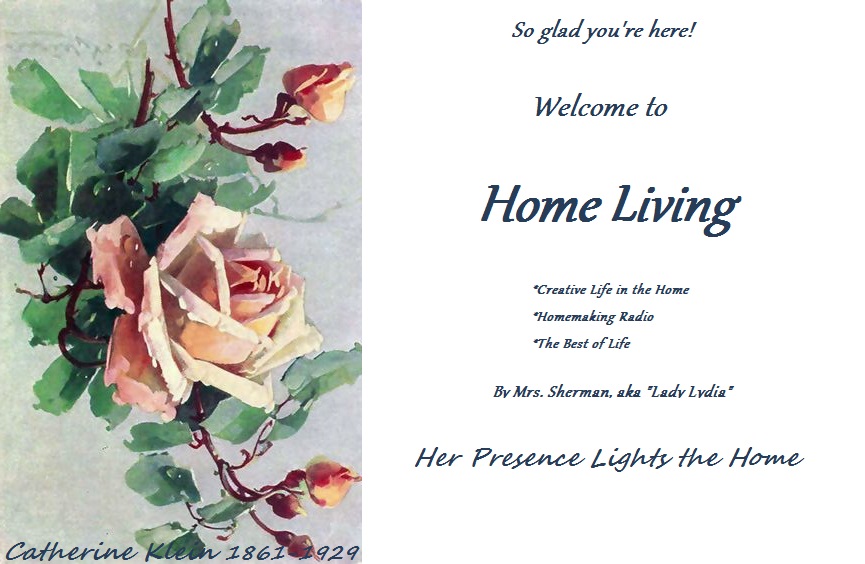
.jpg)
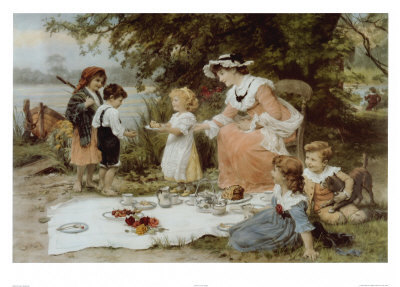
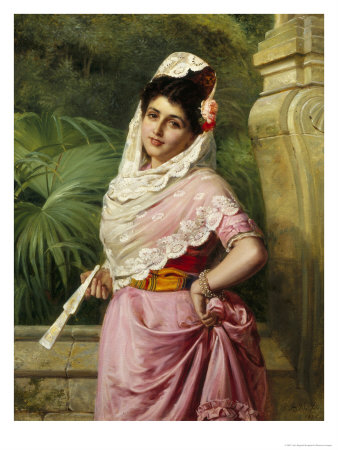
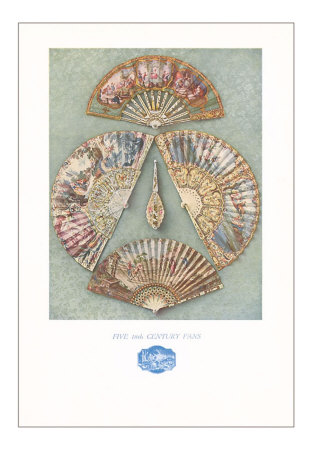
.jpg)
.jpg)
.jpg)
.jpg)
+(2).jpg)
.jpg)
.jpg)
.jpg)
